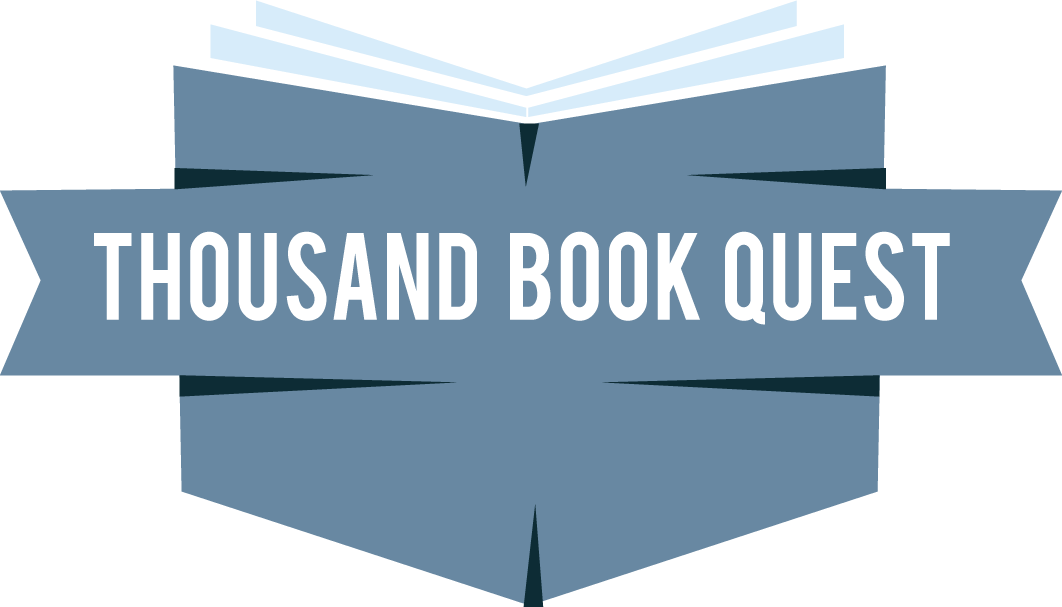15. The Girl on the Train
Rating: ☆☆☆☆
Recommended by: Heather Bohart
Author: Paula Hawkins
Genre: Fiction, Mystery, Suspense
Info: 395 pages, published January 13, 2015
Format: Audio Book
Summary
The Girl on the Train is psychological thriller told from the point of view of three women: Rachel, Anna, and Megan. Rachel Watson is a 32-year-old alcoholic who frequently binges and has blackouts. Rachel’s life has been in a downward tailspin since her divorce from Tom, who left her for another woman, Anna Watson. Tom and Anna are now married and have a baby daughter which exacerbates Rachel’s self-destructive tendencies, as it was her inability to conceive a child that began her spiral into alcoholism.
Rachel’s drinking has caused her to lose her job, a fact which she hides from her roommate by taking the train into the city every day. While the train slowly passes her old house, which is now occupied by Tom, Anna, and their daughter, Rachel begins watching an unknown, attractive couple who live a few houses away from Tom, and fantasizes about the couple’s perfect life together until Rachel sees the wife kissing another man.
When the wife goes missing after Rachel experiences a drunken blackout, Rachel begins to question whether she bears any responsibility. As Rachel inserts herself into Scott Hipwell’s life and the investigation into Megan’s disappearance, the story unfolds in unpredictable ways.
Quotes
“But I did become sadder, and sadness gets boring after a while, for the sad person and for everyone around them.”
“I’d never realized, not until the last year or two of my life, how shaming it is to be pitied.”
”let’s be honest: women are still only really valued for two things—their looks and their role as mothers.”
“She must be very secure in herself, I suppose, in them, for it not to bother her, to walk where another woman has walked before. She obviously doesn’t think of me as a threat. I think about Ted Hughes, moving Assia Wevill into the home he’d shared with Plath, of her wearing Sylvia’s clothes, brushing her hair with the same brush. I want to ring Anna up and remind her that Assia ended up with her head in the oven, just like Sylvia did.”
“I have never understood how people can blithely disregard the damage they do by following their hearts. Who was it said that following your heart is a good thing? It is pure egotism, a selfishness to conquer all.”
“How much better life must have been for jealous drunks before emails and texts and mobile phones, before all this electronica and the traces it leaves.”
“it’s possible to miss what you’ve never had, to mourn for it.”
“Hollowness: that I understand. I’m starting to believe that there isn’t anything you can do to fix it. That’s what I’ve taken from the therapy sessions: the holes in your life are permanent. You have to grow around them, like tree roots around concrete; you mold yourself through the gaps.”
“The thing about being barren is that you’re not allowed to get away from it. Not when you’re in your thirties. My friends were having children, friends of friends were having children, pregnancy and birth and first birthday parties were everywhere. I was asked about it all the time. My mother, our friends, colleagues at work. When was it going to be my turn? At some point our childlessness became an acceptable topic of Sunday-lunch conversation, not just between Tom and me, but more generally. What we were trying, what we should be doing, do you really think you should be having a second glass of wine? I was still young, there was still plenty of time, but failure cloaked me like a mantle, it overwhelmed me, dragged me under, and I gave up hope.”
